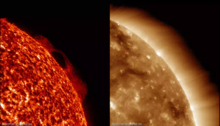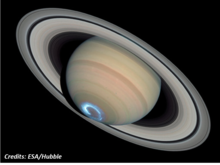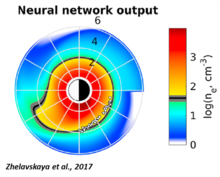news
Submitted on 2018-03-13
A combination of ionospheric anomalies and multipath effects may have caused radio outages during the intense battle of Takur Ghar on 4 March 2002, with severe consequences for the rescue mission.
Submitted on 2018-02-28
The still ongoing Solar Cycle 24 is compared to the 3 previous cycles in various domains: sunspots, solar flares, particle events, and severe geomagnetic storms. SC24 turns out to be the weakest of the lot, with significantly reduced sunspot and flaring activity as well as relatively weak and few proton and geomagnetic events.
Submitted on 2018-02-13
A coronal mass ejection, unleashed by the Sun on 12 February, may arrive at Earth on 14 or 15 February and cause some minor to moderate geomagnetic storming.
Submitted on 2018-02-07
Analysis of the most recent F10.7 cm solar flux density values hints at an early solar cycle minimum.
Submitted on 2018-01-30
Some interesting prominences appeared around 27-29 January, with one particularly dynamic as it rotated over the Sun's northwestern limb.
Submitted on 2018-01-17
The last C-class flare dates already back from 5 October 2017.
Submitted on 2018-01-09
A sunspot group has appeared at a high latitude, suggesting it belongs to the upcoming new solar cycle. However, at the same time it has the magnetic configuration of the currently ongoing solar cycle.
Submitted on 2018-01-02
The SWSC Journal has opened a Topical Issue on "Planetary Space Weather" and another on "System Science: Application to Space Weather Analysis, Modelling, and Forecasting".
Submitted on 2018-01-01
BIRA-IASB announced a new reference solar spectrum based on SOLAR/SOLSPEC observations on board the International Space Station.
Submitted on 2017-12-06
A long filament was visible on the Sun last week. It appears to be the remnant of active region NOAA 2673, source of the strongest solar flares so far this solar cycle.
Pages
Zircon - This is a contributing Drupal Theme
Design by
WeebPal.

















































